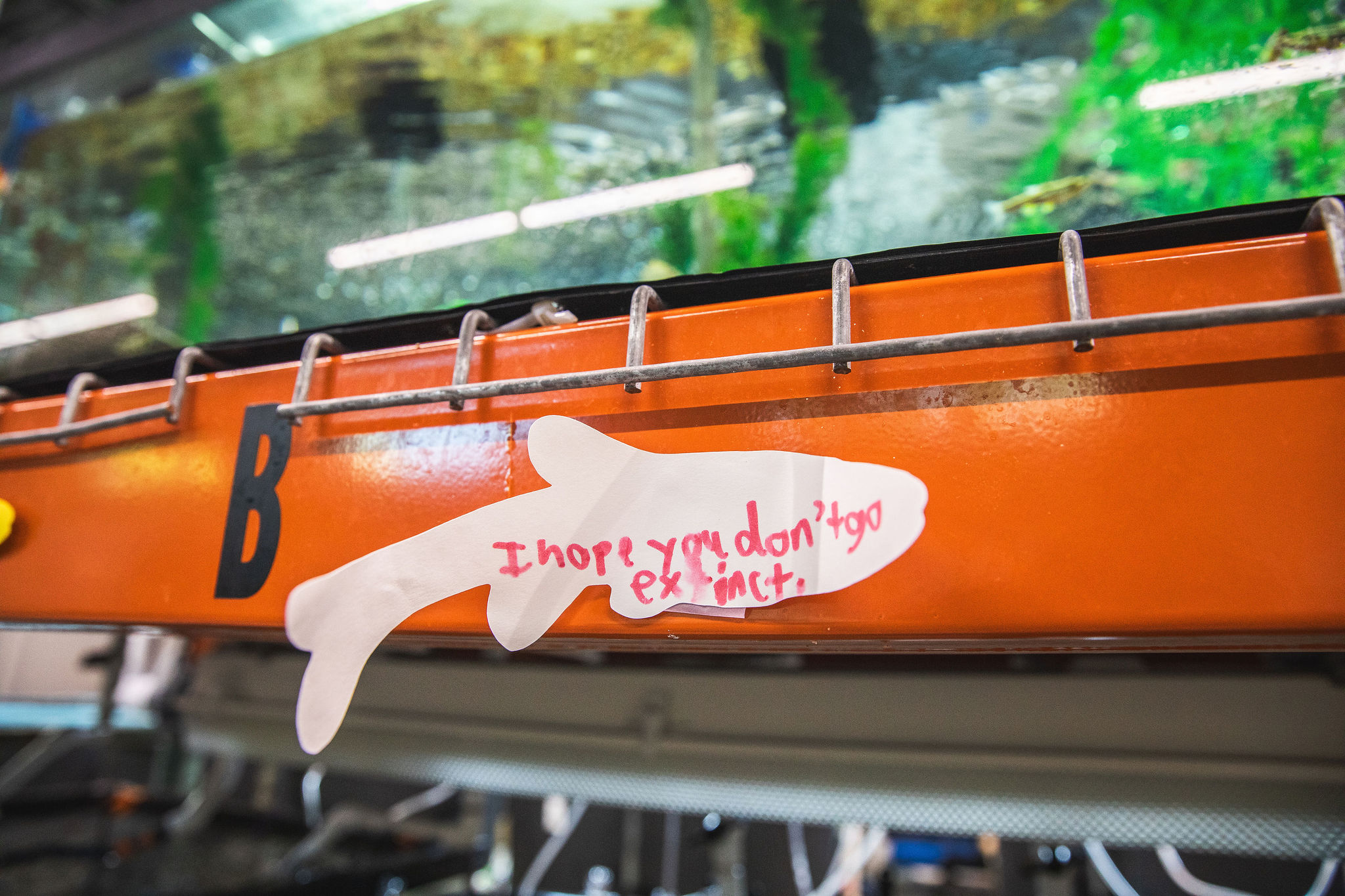
Plan Hamilton and the National Park City Illusion
Plus: Hutton & Smith, Scenic Roots and Asado tickets.
Food as a verb thanks
for sponsoring this series

The other night at our Laurel Dace event, TO Smith, director of conservation for the Southeastern Cave Conservancy, asked the most simple of questions, yet one that carried gut-punch power.
We were talking at Calliope with members of The Table about the Laurel Dace story: flooding, repair, community, water.
"We are water. Water grows our food. Water is everything," he said.
Love TO. Love his directness, wisdom, experience.
Then, he asked this doozy:
"Why can't we eat the fish in our river?" he said.
It was one of those questions that lasered in on the heart of the matter. We live on the banks of the mighty Tennessee River, with its adjacent family of lakes, streams and creeks.
How clean is that water?
Would you eat the fish out of the lake? Or Chattanooga Creek? (Are there any fish left there?) Or the downtown river?
Earlier this year, we hung another trophy on the mantle, as Chattanooga — already twice named the Best Outdoor Town Ever — became North America's first National Park City.
It's all deserved. All legit. All worthwhile.
Yet, there is an illusion created:
Our natural world must be clean, right? It must be in good shape, right?
If we are a National-Park-Best-Outdoor-City-Ever, then our waterways and forests and air must be healthy, clean and good ... right?
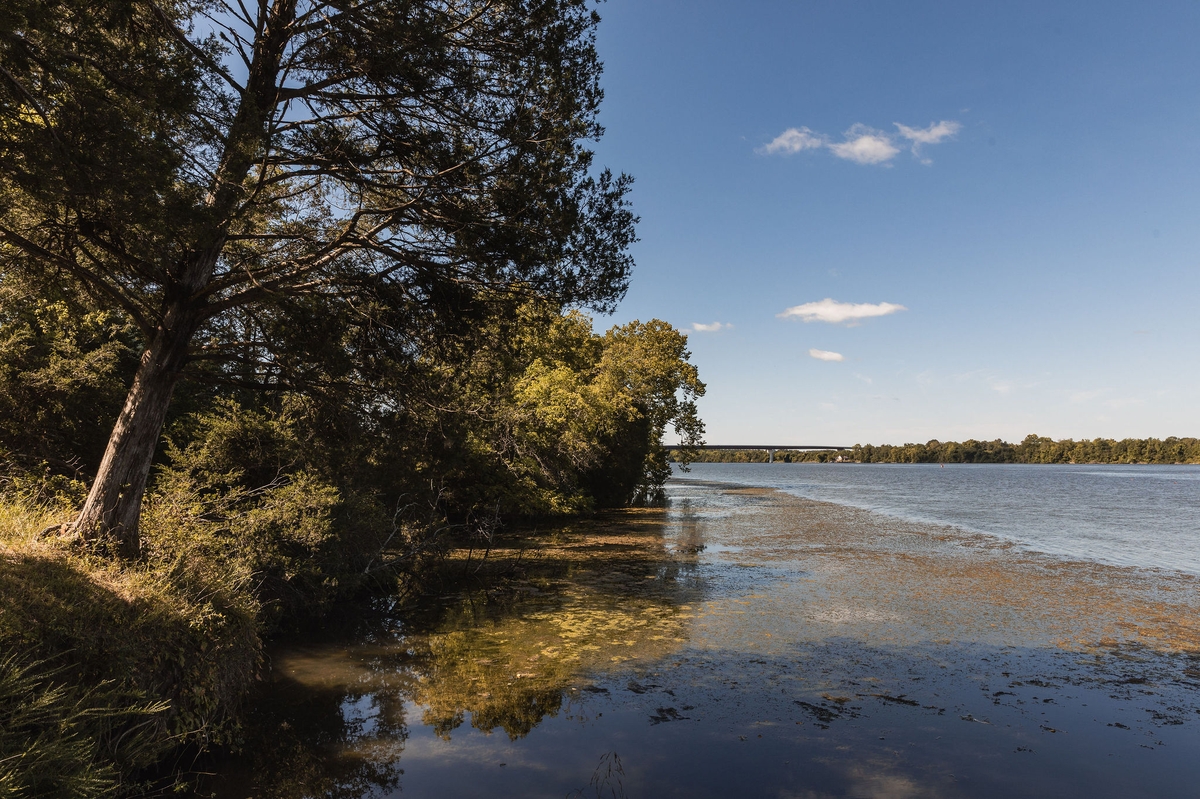
The Tennessee River, flowing right through our downtown, is one of the most plastic-polluted rivers on the planet, thanks to the number of microplastics measured there.
But you can't see that. The river, against our beautiful city skyline, doesn't seem polluted.
That's why TO's question was so powerful. It cut through the delusion.
Here's another question:
Why doesn't Plan Hamilton fully address our county's forests, waterways, plants, animals, farms and air?
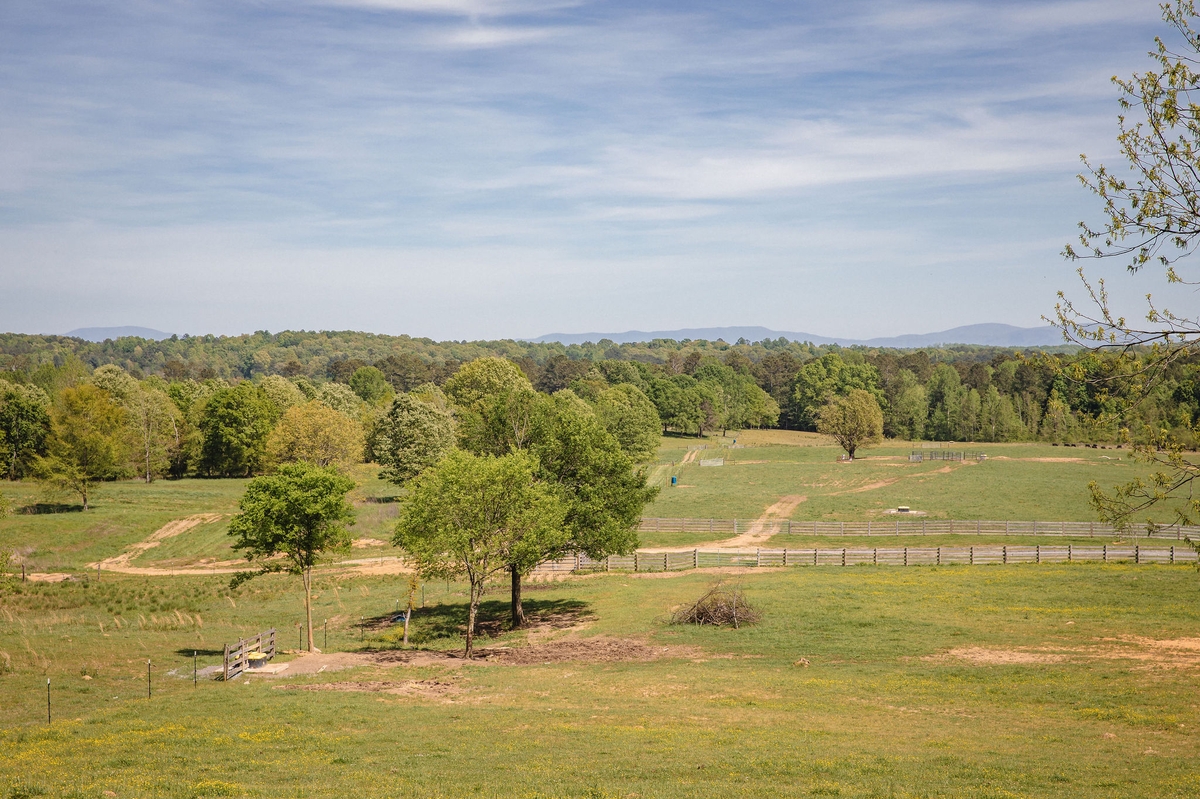
The planning document was approved recently by a 15-member planning commission, which then shipped it to the state for further approval.
(Side note: when asked, leaders with the county and the Regional Planning Agency don't seem to know what part of state government will approve (or disapprove) Plan Hamilton. We asked. Thirteen days ago.)
If approved, the plan returns to the Hamilton County Commission for a final vote.
Tennessee faces an agrarian emergency: exponential farmland loss.
One year ago, we reported Hamilton County's own crisis:
Fewer than 1300 acres of viable cropland remain.
Since then, there has been no county response on farmland loss.
Plan Hamilton doesn't fully engage with this crisis. It keeps the illusion.
Eat the fish, it suggests. Everything's fine.
There's nothing in Plan Hamilton as far as I can see that would prevent every last acre of farmland from being turned into subdivisions.
Am I wrong? I would love to be wrong. No matter how many times I read and search the Plan, it seems absent any sort of robust system of protection that allows the county to retain its agricultural heritage and preserve our biological corner of Creation that is, well, pretty spectacular.
We live in one of the most biodiverse areas on the continent. Over the last few months, I keep bumping into scientists who are gaga over this place.
"We have an underwater rainforest right here in the South," Dr. Bernie Kuhajda, aquatic conservation biologist with the Tennessee Aquarium told us in our Laurel Dace feature.
"We are a global hotspot for freshwater diversity."
"The lower Appalachia area around Chattanooga down towards Huntsville is the most biologically diverse area in North America," echoed TO.
Plan Hamilton does not seem like a plan developed for the most biologically diverse area in North America.
Nor does it address food security. How can a regional plan avoid dealing with regional food?
Sure, some would say that isn't the Regional Planning Agency's job — a point of contention that former head Dan Reuter told me repeatedly.
Then whose job is it?
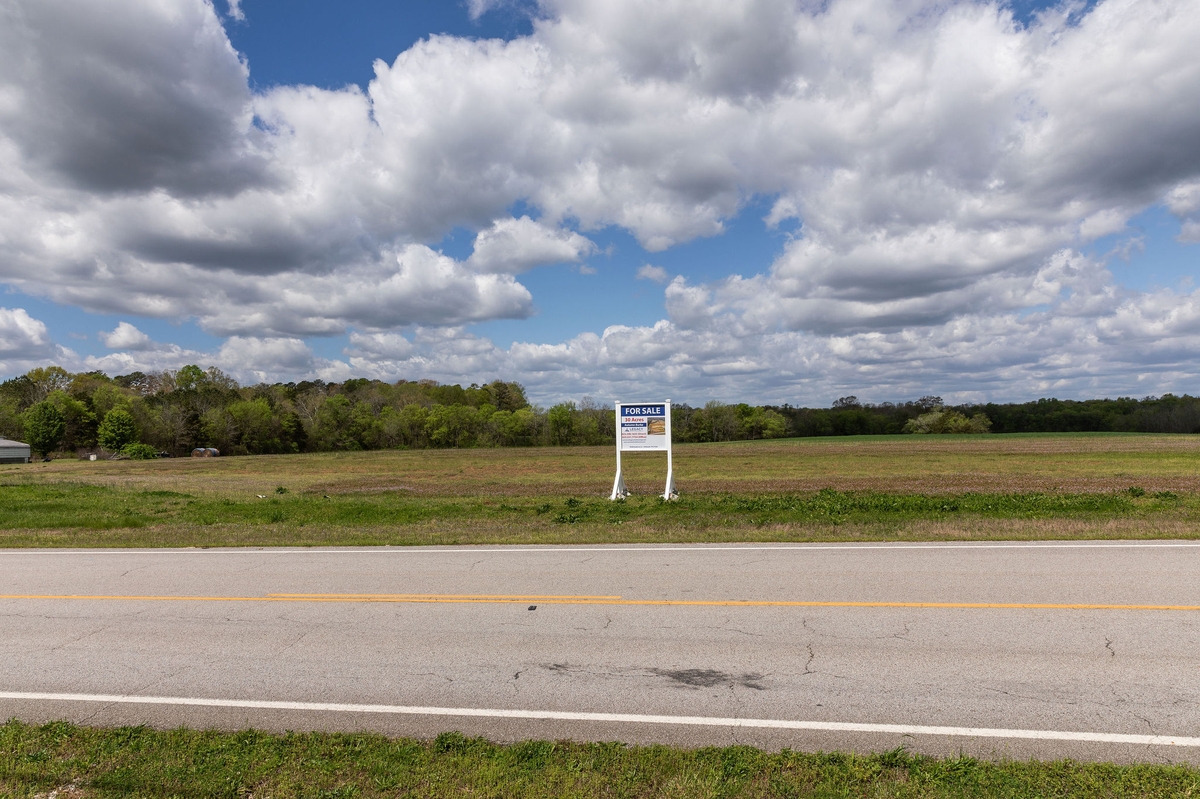
Reuter's time here was questionable. He voted in the wrong state, then stepped down in July after a city investigation found him guilty of harassment.
Earlier this month, Chattanoogan.com published a series of letters: Reuter wrote multiple bond agencies, questioning Hamilton County's ability to fund Plan Hamilton.
All letters can be found here.
"In Hamilton County, I believe under 2025 construction costs, there are many hundreds of millions of dollars needed for unmet and unprogrammed improvements to infrastructure which are being pushed to the future as more growth and development has been encouraged by Hamilton County government officials," he wrote.
"The health and safety of the driving public and non-drivers in the county is a primary concern; therefore it cannot be overstated the lack of roadway and safety improvement funds creates the potential for dangerous future road conditions," he wrote.
It may be a stretch, but is Reuter implying that Plan Hamilton won't pass state approval?
Tennessee code says that municipalities must "determine and report the current costs and the projected costs of core infrastructure, urban services and public facilities necessary to facilitate full development of resources within the current boundaries of the municipality and to expand such infrastructure, services and facilities throughout the territory under consideration for inclusion within the urban growth boundaries."
Is that code applicable to Plan Hamilton?
If Plan Hamilton is going to guide our growth in such dramatic ways, is it also required to provide the financial container — roads, fire stations, schools, sewers — to facilitate that growth?
These are only questions. And, for the record: I've known interim regional planning head Karen Rennich as ethical, smart and hard-working. This is not about individuals, but the larger story behind us all.
Plus, let's not forget the doorway past the illusion:
We live in one of the most biodiverse regions on Earth.
Does Plan Hamilton honor and protect that?
If so, how? If not, who will?
We live in a time of rapidly decreasing farmland.
Does Plan Hamilton offer remedy and a vast protection strategy?
If so, how? If not, who will?
Or, to borrow again from TO:
Will Plan Hamilton allow us to eat the fish in our waters?
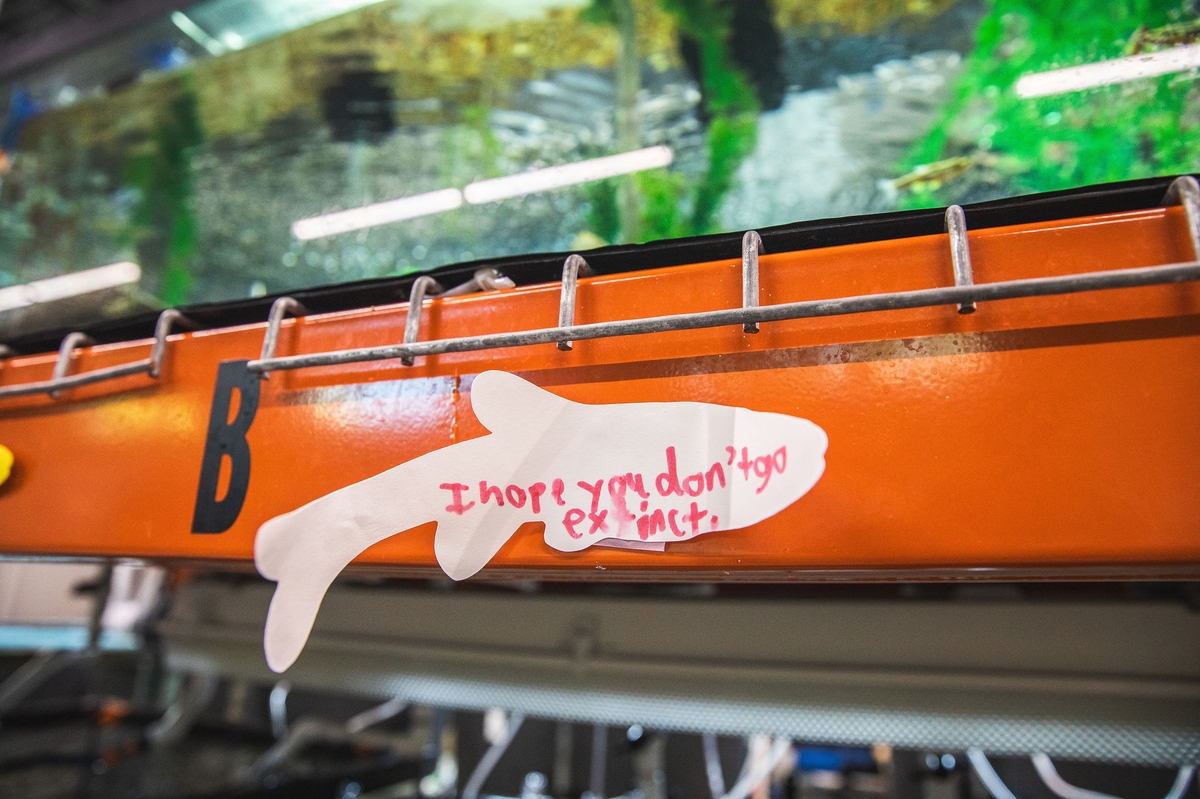
- This Saturday, Hutton & Smith Brewery celebrates its 10th anniversary with a big block party.
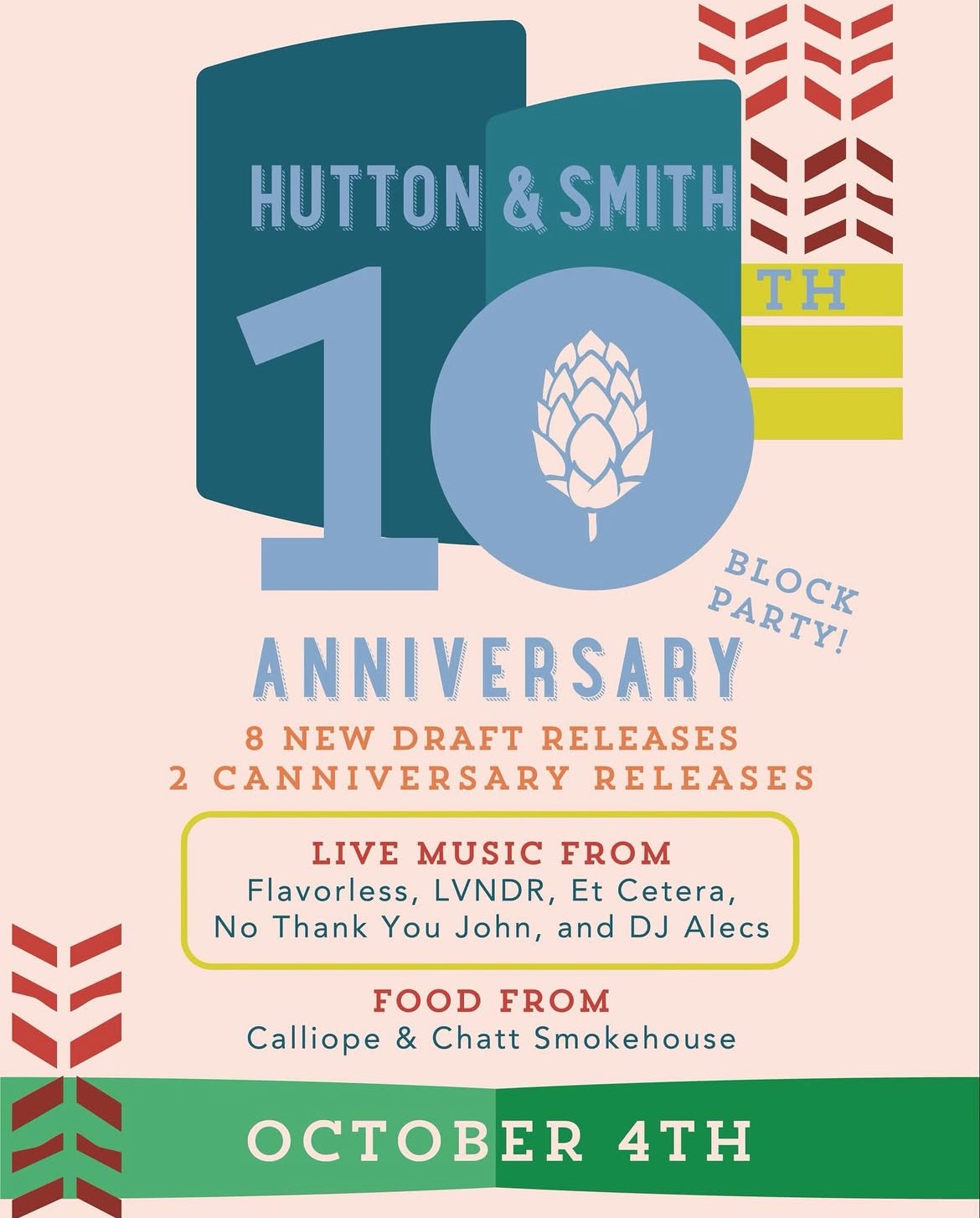
The brewery has won multiple awards thanks to some of the nation's top brewers, like Matt Warren.
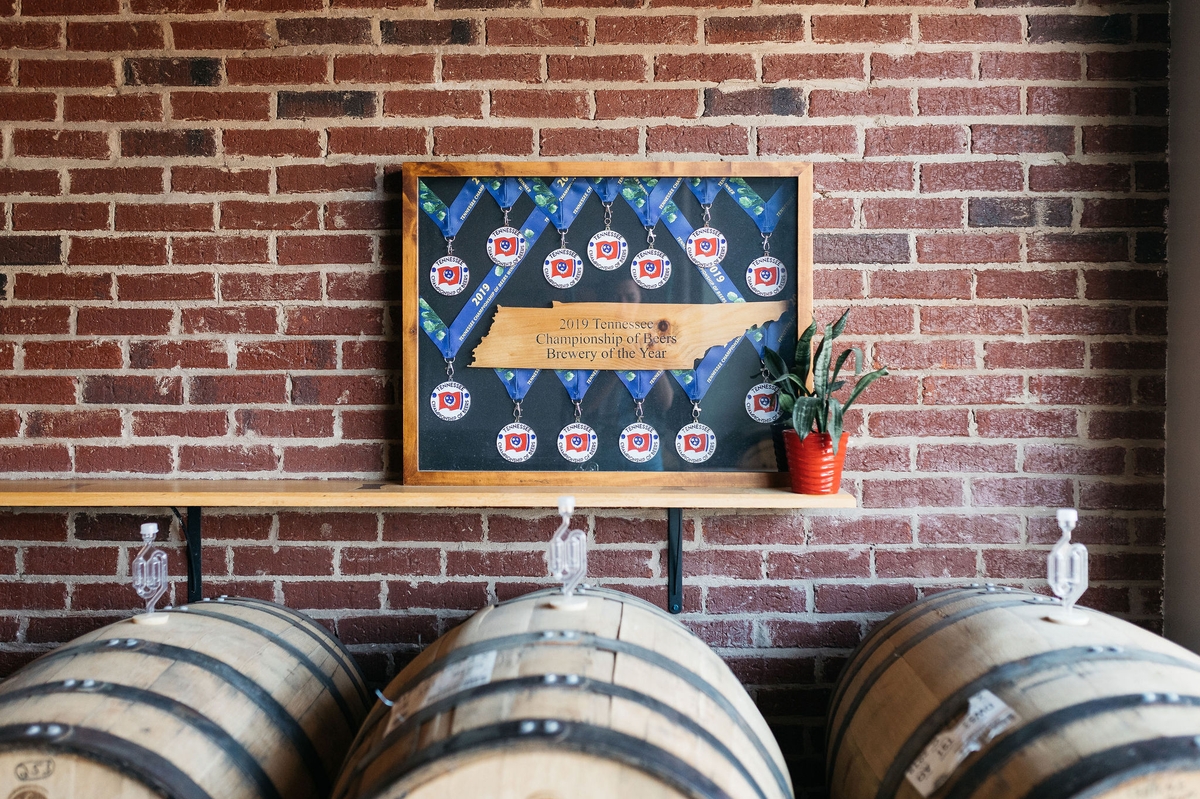
Weather's looking wonderful for Saturday. We hope to see you there.
- Soon, we'll open up tickets for two events for all non-Table members.
Our Food as a Verb asado with Panoram Asados. The evening will immerse our guests in the Argentine tradition of asado: open-fires, cooked meats and vegetables, a long table of food, fellowship and many courses served with intention.
Early access tickets are on sale now for all members of The Table.
More info can be found here.

And our Spooky Amaro event with Raven Humphrey.

Our first amaro evening at Calliope was fabulous. The second? It's gonna be even more fun, thanks to Raven's spooky plan for pairing amaro with some surprising plates.
Early access tickets are available here for members of The Table.
- Finally, here's our latest episode of Scenic Roots, the beloved show hosted by our good friend, Ray Bassett.
A few weeks ago, Ray and I sat down with Michael Ryan of NewTerra Compost.
It was a rich conversation; Michael's like TO, able to ask questions and make powerful statements that get to the heart of so much. NewTerra also just launched a pilot composting program with the city, which is outstanding.
The interview aired yesterday on Scenic Roots.
You can listen here.
- Wishing everyone a wonderful hump-day and a good Thursday-Friday string. That Hutton & Smith beer will taste good Saturday.
See you Sunday morning.

Story ideas, questions, feedback? Interested in partnering with us? Email: david@foodasaverb.com
This story is 100% human generated; no AI chatbot was used in the creation of this content.
The other night at our Laurel Dace event, TO Smith, director of conservation for the Southeastern Cave Conservancy, asked the most simple of questions, yet one that carried gut-punch power.
We were talking at Calliope with members of The Table about the Laurel Dace story: flooding, repair, community, water.
"We are water. Water grows our food. Water is everything," he said.
Love TO. Love his directness, wisdom, experience.
Then, he asked this doozy:
"Why can't we eat the fish in our river?" he said.
It was one of those questions that lasered in on the heart of the matter. We live on the banks of the mighty Tennessee River, with its adjacent family of lakes, streams and creeks.
How clean is that water?
Would you eat the fish out of the lake? Or Chattanooga Creek? (Are there any fish left there?) Or the downtown river?
Earlier this year, we hung another trophy on the mantle, as Chattanooga — already twice named the Best Outdoor Town Ever — became North America's first National Park City.
It's all deserved. All legit. All worthwhile.
Yet, there is an illusion created:
Our natural world must be clean, right? It must be in good shape, right?
If we are a National-Park-Best-Outdoor-City-Ever, then our waterways and forests and air must be healthy, clean and good ... right?

The Tennessee River, flowing right through our downtown, is one of the most plastic-polluted rivers on the planet, thanks to the number of microplastics measured there.
But you can't see that. The river, against our beautiful city skyline, doesn't seem polluted.
That's why TO's question was so powerful. It cut through the delusion.
Here's another question:
Why doesn't Plan Hamilton fully address our county's forests, waterways, plants, animals, farms and air?

The planning document was approved recently by a 15-member planning commission, which then shipped it to the state for further approval.
(Side note: when asked, leaders with the county and the Regional Planning Agency don't seem to know what part of state government will approve (or disapprove) Plan Hamilton. We asked. Thirteen days ago.)
If approved, the plan returns to the Hamilton County Commission for a final vote.
Tennessee faces an agrarian emergency: exponential farmland loss.
One year ago, we reported Hamilton County's own crisis:
Fewer than 1300 acres of viable cropland remain.
Since then, there has been no county response on farmland loss.
Plan Hamilton doesn't fully engage with this crisis. It keeps the illusion.
Eat the fish, it suggests. Everything's fine.
There's nothing in Plan Hamilton as far as I can see that would prevent every last acre of farmland from being turned into subdivisions.
Am I wrong? I would love to be wrong. No matter how many times I read and search the Plan, it seems absent any sort of robust system of protection that allows the county to retain its agricultural heritage and preserve our biological corner of Creation that is, well, pretty spectacular.
We live in one of the most biodiverse areas on the continent. Over the last few months, I keep bumping into scientists who are gaga over this place.
"We have an underwater rainforest right here in the South," Dr. Bernie Kuhajda, aquatic conservation biologist with the Tennessee Aquarium told us in our Laurel Dace feature.
"We are a global hotspot for freshwater diversity."
"The lower Appalachia area around Chattanooga down towards Huntsville is the most biologically diverse area in North America," echoed TO.
Plan Hamilton does not seem like a plan developed for the most biologically diverse area in North America.
Nor does it address food security. How can a regional plan avoid dealing with regional food?
Sure, some would say that isn't the Regional Planning Agency's job — a point of contention that former head Dan Reuter told me repeatedly.
Then whose job is it?

Reuter's time here was questionable. He voted in the wrong state, then stepped down in July after a city investigation found him guilty of harassment.
Earlier this month, Chattanoogan.com published a series of letters: Reuter wrote multiple bond agencies, questioning Hamilton County's ability to fund Plan Hamilton.
All letters can be found here.
"In Hamilton County, I believe under 2025 construction costs, there are many hundreds of millions of dollars needed for unmet and unprogrammed improvements to infrastructure which are being pushed to the future as more growth and development has been encouraged by Hamilton County government officials," he wrote.
"The health and safety of the driving public and non-drivers in the county is a primary concern; therefore it cannot be overstated the lack of roadway and safety improvement funds creates the potential for dangerous future road conditions," he wrote.
It may be a stretch, but is Reuter implying that Plan Hamilton won't pass state approval?
Tennessee code says that municipalities must "determine and report the current costs and the projected costs of core infrastructure, urban services and public facilities necessary to facilitate full development of resources within the current boundaries of the municipality and to expand such infrastructure, services and facilities throughout the territory under consideration for inclusion within the urban growth boundaries."
Is that code applicable to Plan Hamilton?
If Plan Hamilton is going to guide our growth in such dramatic ways, is it also required to provide the financial container — roads, fire stations, schools, sewers — to facilitate that growth?
These are only questions. And, for the record: I've known interim regional planning head Karen Rennich as ethical, smart and hard-working. This is not about individuals, but the larger story behind us all.
Plus, let's not forget the doorway past the illusion:
We live in one of the most biodiverse regions on Earth.
Does Plan Hamilton honor and protect that?
If so, how? If not, who will?
We live in a time of rapidly decreasing farmland.
Does Plan Hamilton offer remedy and a vast protection strategy?
If so, how? If not, who will?
Or, to borrow again from TO:
Will Plan Hamilton allow us to eat the fish in our waters?

- This Saturday, Hutton & Smith Brewery celebrates its 10th anniversary with a big block party.

The brewery has won multiple awards thanks to some of the nation's top brewers, like Matt Warren.

Weather's looking wonderful for Saturday. We hope to see you there.
- Soon, we'll open up tickets for two events for all non-Table members.
Our Food as a Verb asado with Panoram Asados. The evening will immerse our guests in the Argentine tradition of asado: open-fires, cooked meats and vegetables, a long table of food, fellowship and many courses served with intention.
Early access tickets are on sale now for all members of The Table.
More info can be found here.

And our Spooky Amaro event with Raven Humphrey.

Our first amaro evening at Calliope was fabulous. The second? It's gonna be even more fun, thanks to Raven's spooky plan for pairing amaro with some surprising plates.
Early access tickets are available here for members of The Table.
- Finally, here's our latest episode of Scenic Roots, the beloved show hosted by our good friend, Ray Bassett.
A few weeks ago, Ray and I sat down with Michael Ryan of NewTerra Compost.
It was a rich conversation; Michael's like TO, able to ask questions and make powerful statements that get to the heart of so much. NewTerra also just launched a pilot composting program with the city, which is outstanding.
The interview aired yesterday on Scenic Roots.
You can listen here.
- Wishing everyone a wonderful hump-day and a good Thursday-Friday string. That Hutton & Smith beer will taste good Saturday.
See you Sunday morning.

Story ideas, questions, feedback? Interested in partnering with us? Email: david@foodasaverb.com
This story is 100% human generated; no AI chatbot was used in the creation of this content.


















